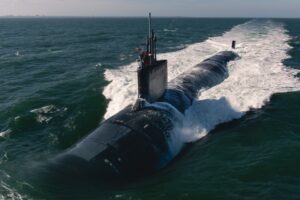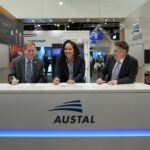
Two members of the House Armed Services Committee last week revealed how they think Australia will proceed with the AUKUS submarine partnership, including buying U.S.-built nuclear reactors and having a joint U.S.-Australian command of a Virginia-class attack submarine (SSN). Rep. Rob Wittman (R-Va.), ranking member of the House Armed Services Committee’s (HASC) Subcommittee on Seapower and Projection Forces, noted Australia has no industrial capacity to build nuclear reactors. “That's why I believe what will happen with this is that the…

 By
By 











